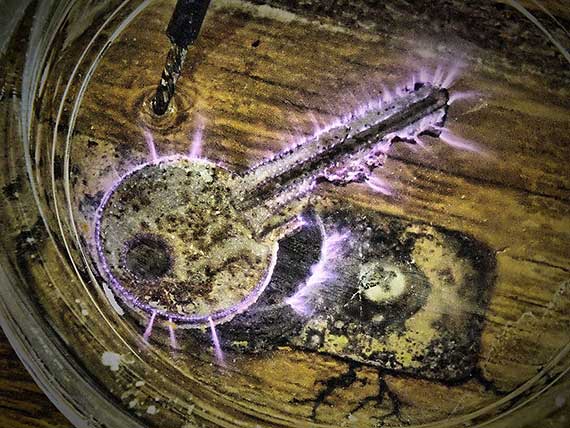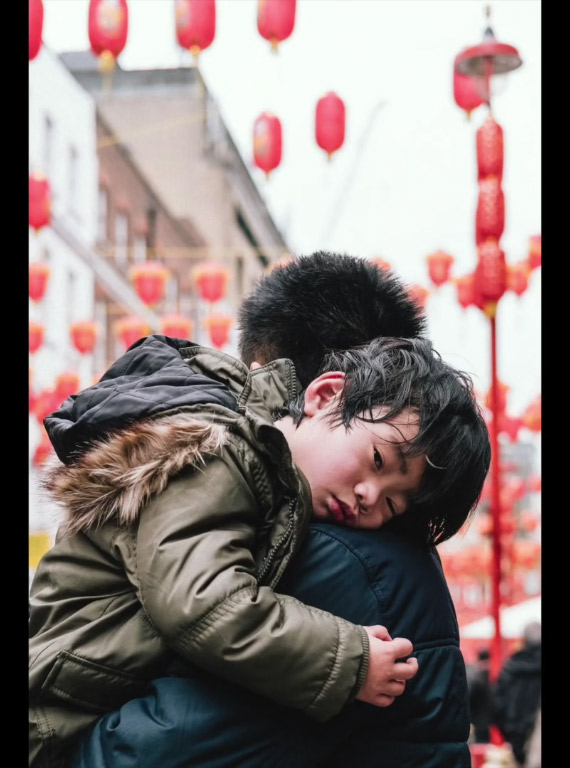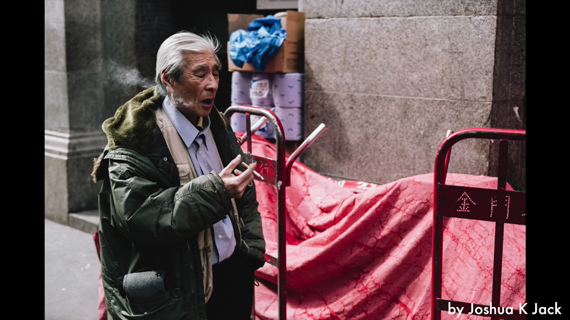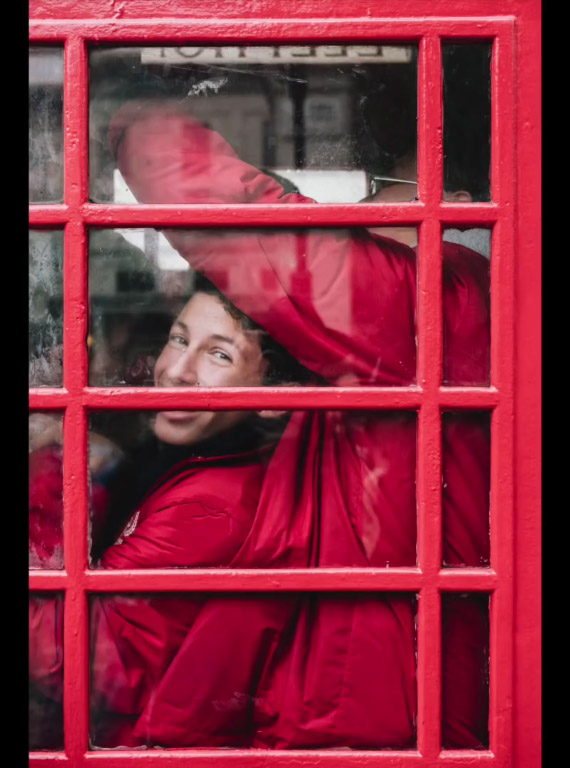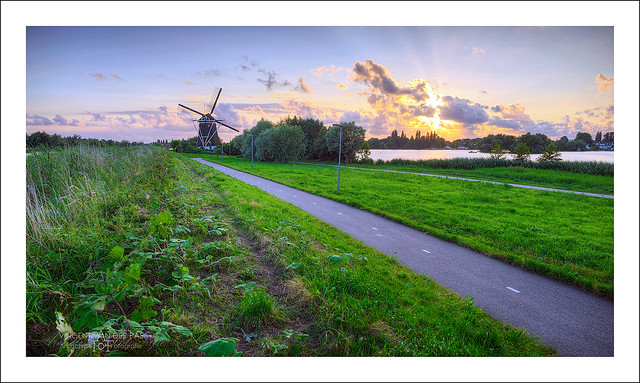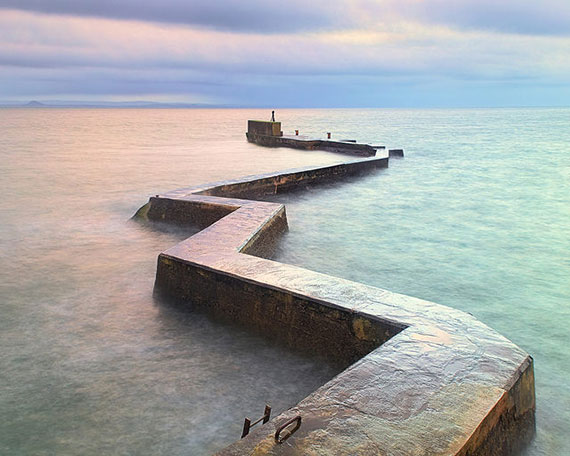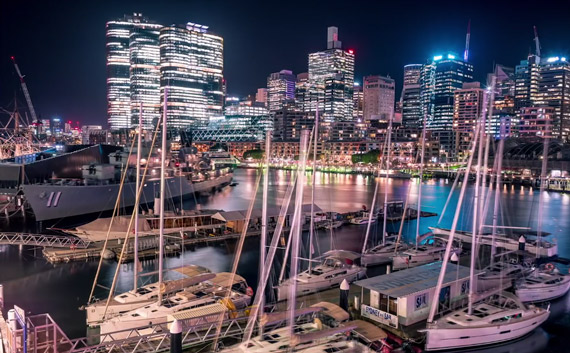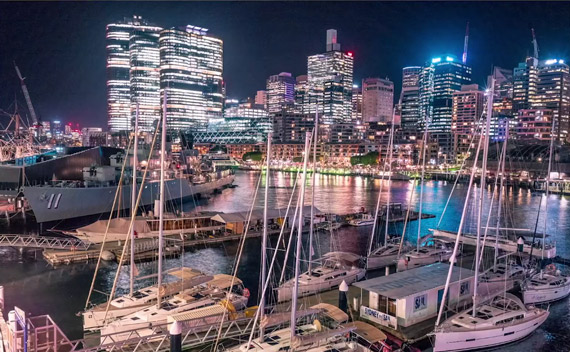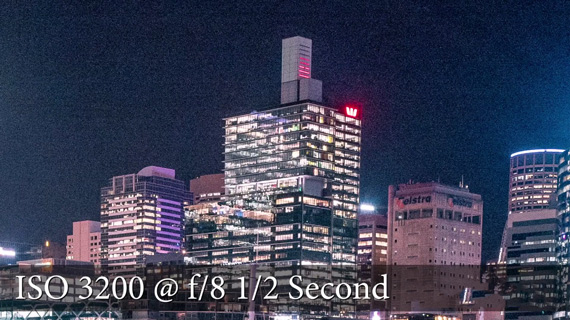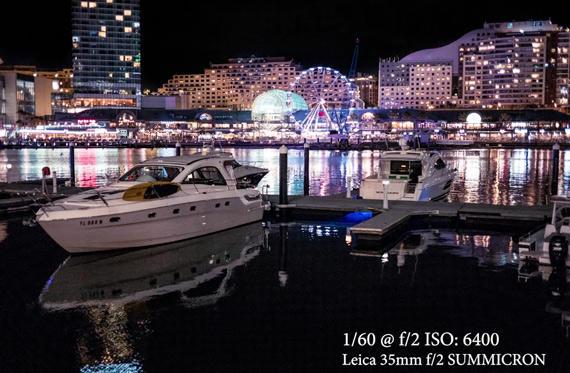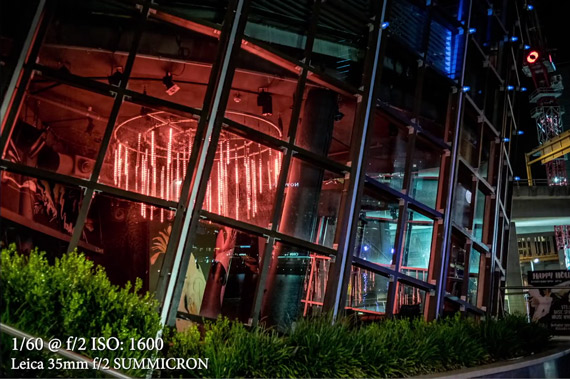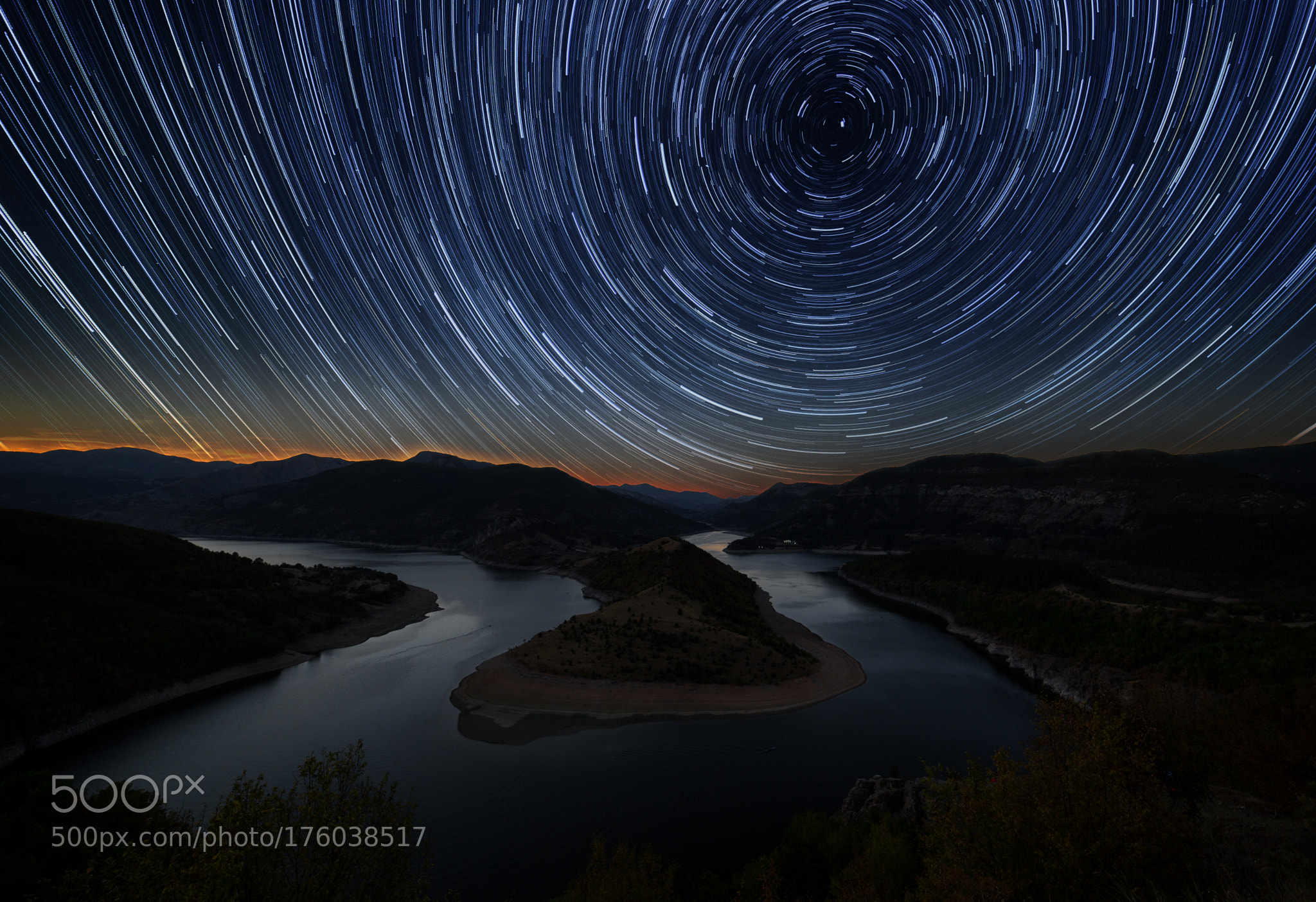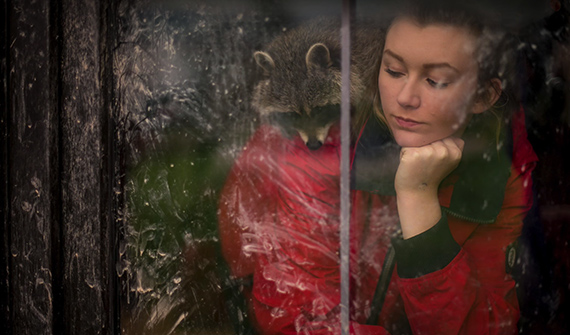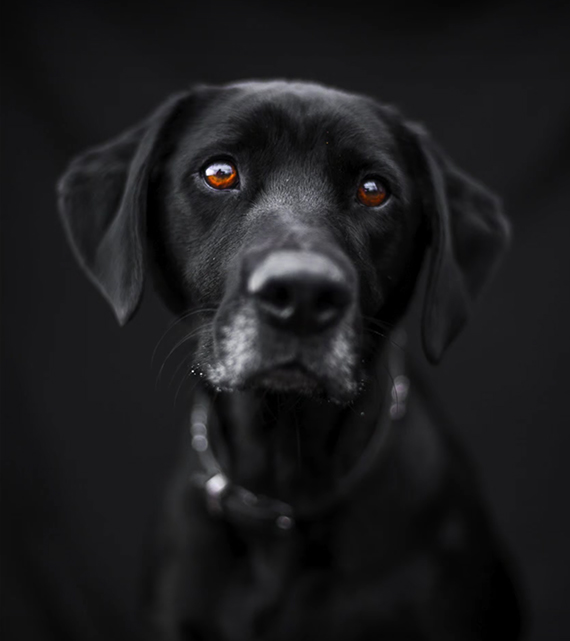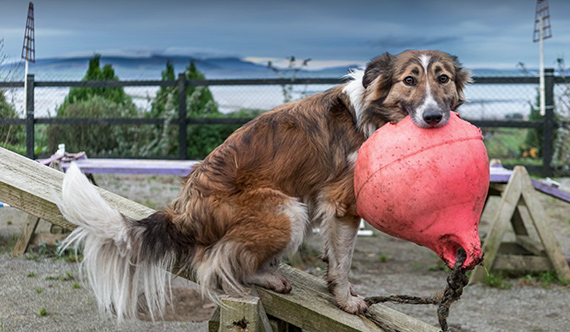Semyon Davidovitch Kirlian was a Russian inventor that rose to fame in the 70s, although he discovered the photography technique bearing his name back in 1939. If you ever attended a New Age festival or you showed interest toward the study (or the enjoyment) of the paranormal, you probably met people luring you to take a photo of your aura.
He was somewhat famous in his community for being very good at repairing electrical equipment. Witnessing the demonstration of a high-frequency d’Arsonval electrotherapy machine in 1939, he noticed a strange phenomenon occurring: a quick and tiny flash of light sparking in between the device’s electrodes and the patient’s skin. He wondered whether he could photograph that spark.
Auras, Forces, Bio-Energy, Midichlorians
In 1970, after assiduous work together with his wife, Kirlian presented what we know today as “the Kirlian effect” or “Kirlian photography.” He claimed that he could capture the human aura and the life force surrounding all things.
He experimented on plants, people, and objects, drawing the suspicion of the academic community and the adulation of the masses who had not forgotten ectoplasm and other similar effects.
Since that day, science managed to study, dissect, replicate, elucidate, and annul the magic surrounding the “paranormal” occurrence. In this extended Kirlian photography debunked analysis, the author breaks down the Kirlian photography techniques, myths, and hard science issues for everybody to understand. Shutterbugs will, however, enjoy the added value of the presented tricks and methods to replicate Kirlian images and “auras” in DIY projects.
Today we will take a similar – yet slightly different – approach to Kirlian photography, discussing the scientific basis of the effect, its modern real-life applications, and some topics that still need further research.
What is an Electrical Corona Discharge?
As the author of the study we mentioned above says, the entire Kirlian effect relies on an electric physics phenomenon: electrical coronal discharge. Simply put, a corona discharge is an electrical discharge caused by the ionization of a fluid (air or water) surrounding an electrically charged conductor.
Kirlian photography finds its roots in this principle, not even needing a camera: if we put an object on an electrically charged photographic plate (you need high voltage), an image will take shape on the photographic plate – usually, a glow emitting light in the same manner as a gas discharge lamp.
Kirlian did not discover the corona discharge, as it can occur naturally in high-voltage systems, but used this phenomenon to further his theories about the life force. Now that those theories are just a fun read about history and superstitions, the corona discharge needs our attention, as it comes with plenty of commercial and industrial applications:
- Ozone manufacturing
- Pool and water basin sanitation
- Photocopying
- Ionization of gaseous samples for mass spectrometer analyses
- Static charge neutralization
- Ionic wind devices
Since Kirlian auras are merely the result of random electric ionization processes, they depend on a handful of direct, indirect, and confound variables. If you pay attention to the study mentioned above, you can learn some useful tips and tricks on how to make your Kirlian camera and have some fun with your future surreal photography project. Beware, you will have to deal with electricity, so caution and attention are always welcome.
Tesla, Kirlian and Modern Medicine
In the late 19th century, Nikola Tesla observed the effect of glow in response to excitation (electrical impulse disrupting the fluid), but that phenomenon now bears the name of “Kirlian effect” because the inventor noticed it first.
Today, science studies the Kirlian effect in modern medicine. We now know it as “electro-photon capture analysis based on gas discharge visualization technique”—and some countries research its applications as an aid in medical diagnostics.
The principle is as follows: the GDV devices and software (proposed by a Russian professor by the name of Korotkov) capture electro-photonic images of the human body, organs, and subsystems, offering extensive information on those parts’ state in the moment of the recording. The recorded electro-photonic glow signals disruptions at the level of those respective organs or body parts.
The primary purpose of the GDV analysis is to monitor patients’ response to treatments and healing process. Peer reviews and meta-analyses presently show promise in the future use of GDV as medical diagnosis and surveillance equipment.
Kirlian Photography Now
Photography aficionados show a massive interest in the Kirlian techniques for capturing auras and glows. Of course, you can create auras and glows on any picture via Photoshop and other image processing software, but the experiment itself is a once-in-a-lifetime experience.
Science and high-tech software will probably never ruin the pleasure, challenge, and excitement of those photography buffs wanting to make Kirlian photo cameras and conducting Kirlian effects experiments. The Kirlian effect in photography is spectacular if you get it right, and we do encourage the adventurers in making works of art – as long as you mind the physics behind it.
About the Author:
After his first encounter with the visual arts, Richard Gaspari developed a passion for photography and for framing moments. For Richard, the camera is like the third eye, but with more ISO and an excellent shutter speed.
Go to full article: Kirlian Photography Explained
What are your thoughts on this article? Join the discussion on Facebook
PictureCorrect subscribers can also learn more today with our #1 bestseller: The Photography Tutorial eBook
The post Kirlian Photography Explained appeared first on PictureCorrect.
from PictureCorrect https://ift.tt/2N846Xr
via IFTTT






